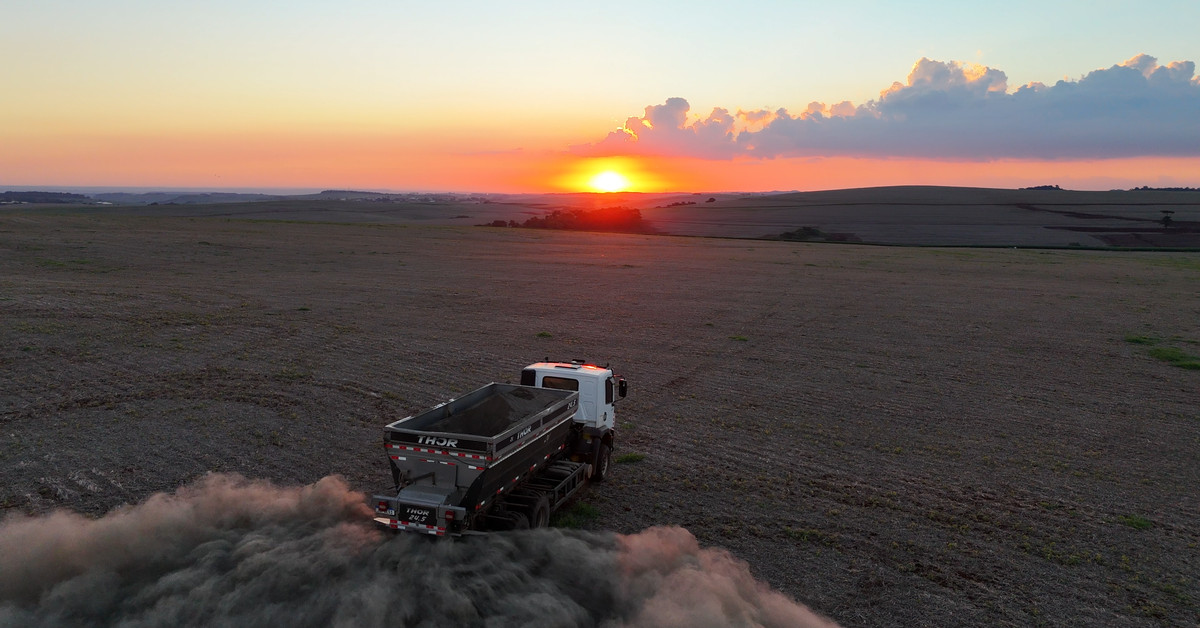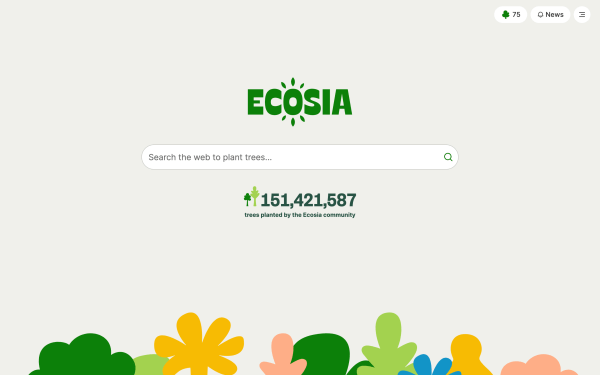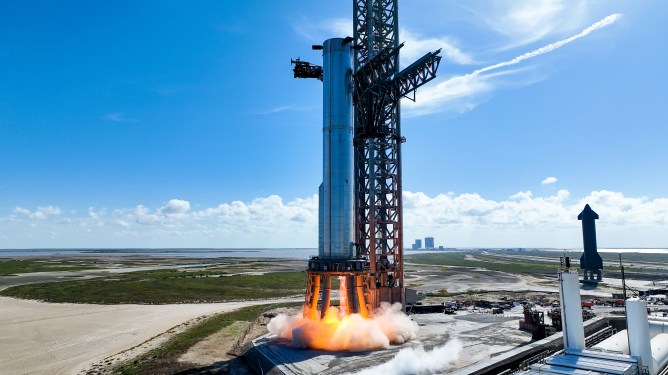Introduction
As the world grapples with the challenges of climate change, innovative solutions are emerging to counteract the impact of pollution on the environment. One such solution is being championed by tech giants like Google and H&M Group, who have partnered with a startup called Terradot to trap carbon dioxide using rocks. This approach, known as enhanced rock weathering (ERW), has gained significant backing from big names in the industry.
The Science Behind ERW
Carbon dioxide removal encompasses a suite of strategies designed to take CO2 out of the atmosphere. Enhanced rock weathering attempts to speed up a natural process that might otherwise take thousands of years. Rainfall naturally "weathers" or breaks down rocks, releasing calcium and magnesium and triggering a chemical reaction that traps CO2 in water as bicarbonate. Groundwater carrying this bicarbonate eventually makes its way to the ocean, which stores the carbon and keeps it out of the atmosphere.
Accelerating the Process
The process of ERW can be accelerated by crushing up rock and spreading it over a large area, increasing the surface area of exposed rock that reacts with CO2. Terradot has developed this strategy using basalt from quarries in southern Brazil to nearby farms, where farmers can use the finely-ground basalt to manage soil pH while capturing carbon as a bonus.
Measuring Success
The tricky part will be trying to count how much CO2 Terradot actually manages to trap. Google admits that measuring CO2 removal with precision is challenging at present but believes that deploying this approach widely in the real world can help develop more accurate measurement tools.
The Role of Terradot
Terradot grew out of a research project at Stanford, where CEO James Kanoff and CPO Sasankh Munukutla were undergraduate students. They co-founded the company with former professor Scott Fendorf, who is now Terradot’s chief scientist and technical advisor. Terradot has secured significant funding from investors like Sheryl Sandberg-backed startup.
The Future of Carbon Removal
While carbon removal technologies are gaining traction, experts caution that they should not be seen as a substitute for preventing greenhouse gas emissions in the first place. Enhanced rock weathering is just one approach to counteracting some of a company’s legacy pollution while making an energy transition to clean energy. Google’s own carbon footprint has grown with its energy-hungry AI data centers.
The Partnership with Terradot
Google’s partnership with Terradot aims to remove 200,000 tons of CO2 from the atmosphere by the early 2030s. This deal is in addition to a $27 million agreement between Frontier (a joint venture of Google and Microsoft) and Terradot to remove 50,000 tons of CO2 per year over five years.
Conclusion
As the world struggles with climate change, innovative solutions like enhanced rock weathering are emerging as potential tools for mitigation. While there is still much uncertainty surrounding the effectiveness of ERW, trials in the real world can help develop more accurate measurement tools and accelerate progress toward reducing carbon emissions.
Key Takeaways:
- Enhanced rock weathering (ERW) uses crushed rocks to absorb CO2 from the atmosphere.
- Terradot has developed this approach using basalt from quarries in southern Brazil.
- Google’s partnership with Terradot aims to remove 200,000 tons of CO2 by the early 2030s.
- Carbon removal technologies should not be seen as a substitute for preventing greenhouse gas emissions.




